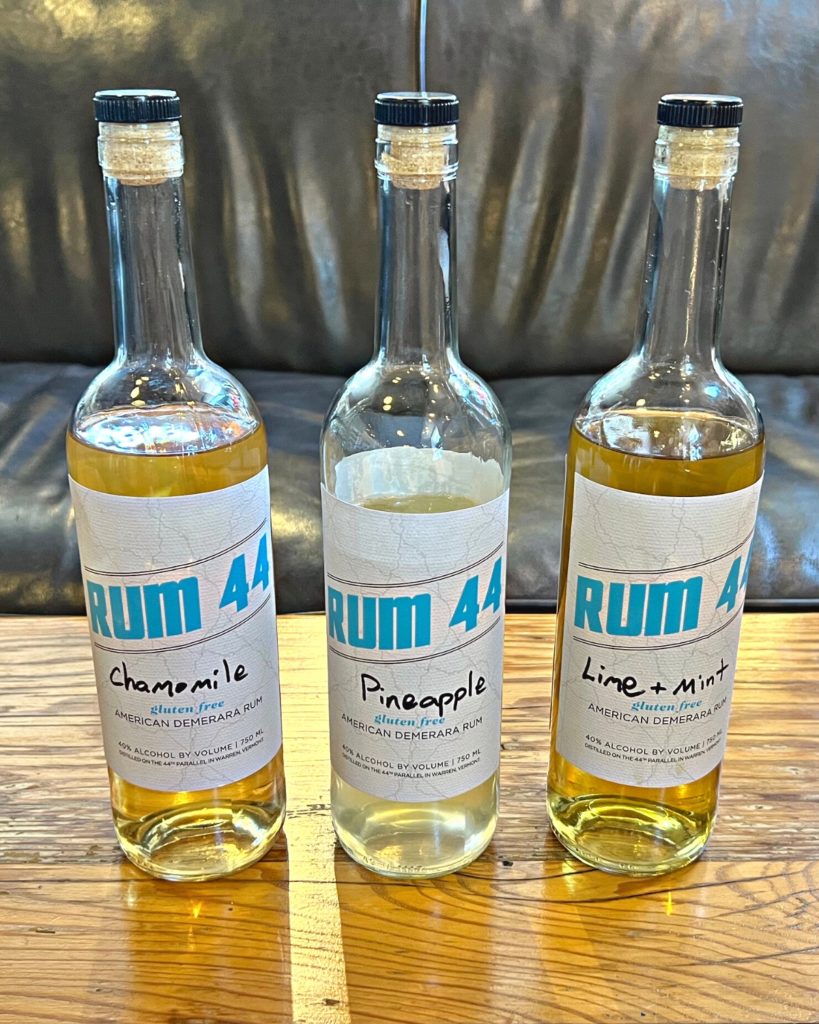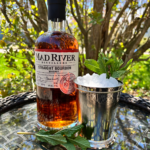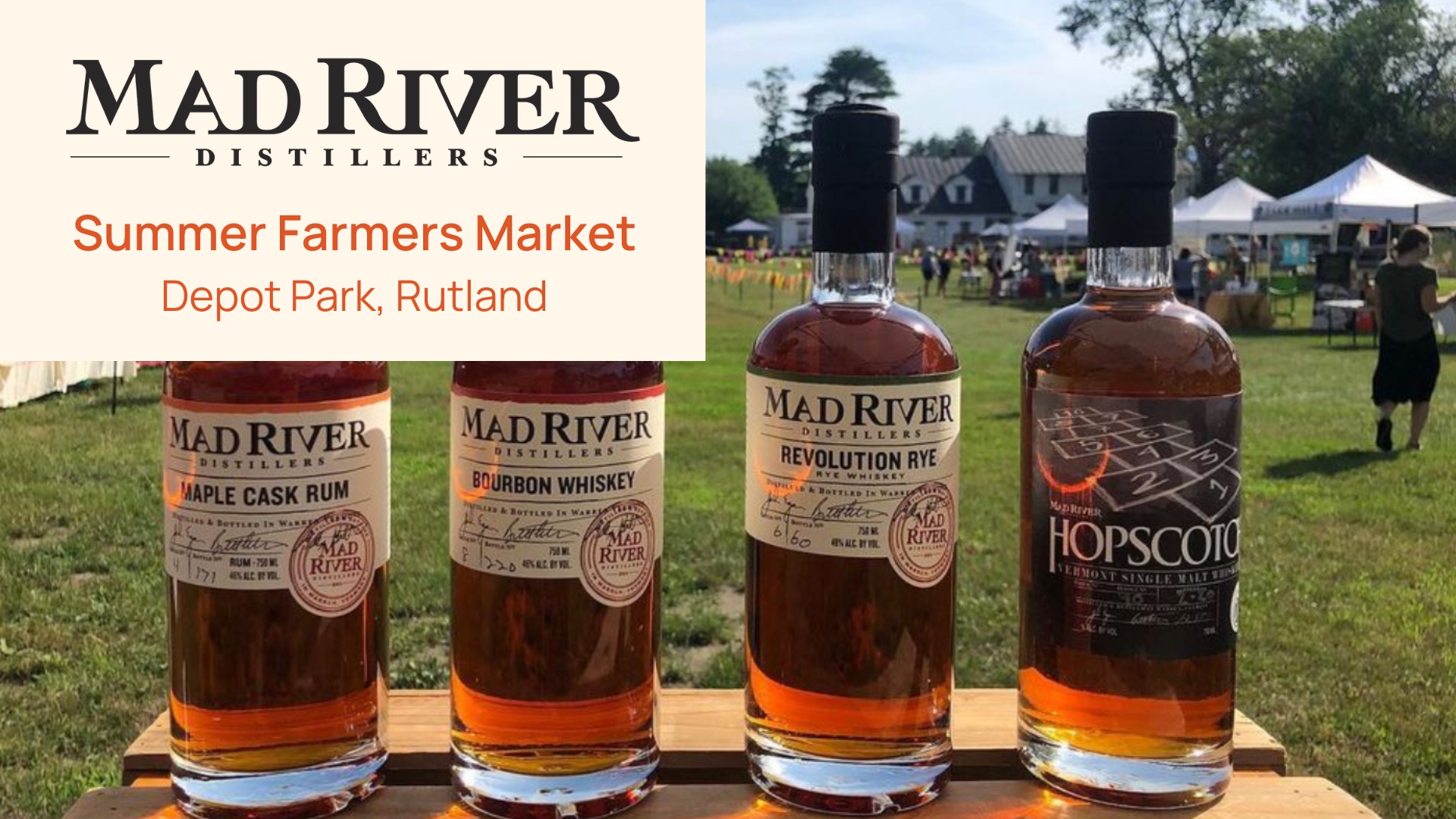Taylor Sacco shares how infusions can be used to create incredible and uncomplicated cocktails.
Now that we are entertaining friends at home again, I have found myself back in my element. After years in the service industry, my wife and I have irreversibly absorbed the drive to put everything we can into ensuring our guests have an amazing time (something we do both at home and at work). This is only a problem when it becomes clear that I’ve bitten off more than I can chew, and I somehow spend the evening not with my guests, but in the kitchen whipping up cocktails. If you’re doing it right, the need for another cocktail usually comes right as you’ve finished making the last one.
The solution has quickly turned into an obsession.
How do I make absolutely baller cocktails without spending my entire night slaving over cocktails that sound good while at the liquor store, but later prove to be herculean tasks to execute? What I discovered was a way to incorporate flavors or variety into easy-to-execute drinks without adding a ton of ingredients. Typically, this means one of two things—experimenting with different cocktail syrups (keep your eyes peeled for a post that breaks this down!), and infusing flavors directly into my spirits.
When I first delved into the world of infusions, the pessimist in me believed that making pineapple rum couldn't possibly be as simple as rum + pineapple = pineapple rum, or that there was some alchemical process in order to impart chamomile flavors to rum besides just…adding chamomile to rum. But, here we are, right at the junction of “it can’t possibly be that simple” and “yeah, that makes a lot of sense.”
Ultimately, an infusion is just that—letting your ingredients of choice infuse (or sit) in your spirit, both literally and metaphorically, while those ingredients slowly impart unique flavor to your booze.

For my infusions, I choose to use Mad River Distillers Rum 44. This silver rum is perfect for infusing. It’s made with 100% Demerara sugar, and for those who are counting, it’s only 97 calories per serving. This is our go-to spirit for infusions because it’s a very clean, smooth rum, so it lends itself perfectly to almost limitless infusion possibilities.
For the purposes of making a few different cocktails using infused Rum 44, I thought I'd start with the finished product and work backwards. I’m a shameless lover of classic daiquiris, so a pineapple daiquiri was first on my list. Another undeniably great cocktail, that’s also a harbinger of summer sipping, is the mojito. Thinking a mojito could be streamlined, led me to make my second infusion, with lime and mint. Finally, I wanted to balance out those two citrus cocktails with something soothing and comforting using lemon—something like a boozy hug. Nothing says cozy to me like chamomile, so the infusion menu was set!
The time it takes for an infusion to finish.
Checking the jars, taking a sip and giving it a little shake to keep the ingredients interacting with the rum, became a daily ritual. I found that the four chamomile tea bags that I added to a bottle of Rum 44 infused quite quickly, leaving me with a beautifully floral spirit in just two hours! The mint and lime infusion took significantly longer, finishing in about five days before I strained the materials and was left with a beautiful, absinthe colored rum perfect for summer shaking. Finally, the pineapple infusion seemed to only get more delicious with time. I concluded it at seven days, but a tiny nagging piece of me keeps saying that I should have gone longer. Ultimately, the pineapple daiquiri was the clear winner, possibly due to my excessive love of both pineapple and daiquiris.

Before we delve into recipe town, I just wanted to leave you with a few infusion basics. First, unless you’re dealing with some fairly small ingredients, you’ll need to empty your rum into another vessel. I’ve found that 800ml Ball jars work great, as they have just enough room for a 750ml bottle of rum, plus the infusion ingredients. After infusing, I funneled the strained rum back into the bottle for presentation purposes, but also because the Rum 44 bottles just say “Hey, I’m rum, let’s have a good time.”
Infusions should be kept in a cool, dark place, away from sunlight. You don’t need to refrigerate them, but keeping them on your porch in direct sunlight is a no-no. The best part about infused spirits is that they have a virtually infinite shelf life!
In closing, infusions are a blast. You can be incredibly creative and experimental, and it gives you something to check on every day. When all is said and done…you get to drink it! In my book, that is a worthwhile reason to do just about anything. Below are some easy steps you can follow to make your own infusions from home.
How to make a Rum 44 Chamomile Infusion:
- In a jar, combine 1 bottle of Rum 44 with 4 chamomile tea bags.
- With a lid on the jar, shake the ingredients together.
- Let the jar sit for 2 or more hours (depending on your desired strength of flavor).
- When you’re happy with how it tastes, strain out the teabags and return the rum to its original bottle.
How to make a Rum 44 Mint & Lime Infusion:
- In a jar, combine 1 bottle of Rum 44 with the zest from 4 limes, doing your best to avoid including any of the white pith, using only the green parts of the peel. Then, add 10-12 fresh mint leaves.
- With a lid on the jar, shake the ingredients together.
- Find something to do while you wait the 5 days (I find trying to keep a clean house with two boys running around is a sufficient distraction, but you do you).
- After 5 days, strain the ingredients out, admire the color, and return your Lime & Mint Rum back to its festive Rum 44 bottle.
How to make a Rum 44 Pineapple Infusion:
- In a jar, combine 1 bottle of Rum 44 with 1 whole pineapple, cut into 2-3 inch cubes.
- With a lid on the jar, shake occasionally, then let time do its thing. Maybe contemplate the universe a little bit.
- When you’re happy with the flavor, after about 7-10 days, remove the pineapple and eat it (if you want…you deserve it!). Pour the rum through a cheesecloth to remove all the tiny pineapple bits, and you’ve got your sweet-self some delicious pineapple rum.
How to make a Rum 44 Botanical Infusion (to substitute gin):
- In a jar, combine 1 (750ml) bottle of Rum 44 and 21 grams of Juniper. Age for one week.
- After the week, strain through a cheese cloth, and continue aging for an additional week with 3 grams of Coriander, 4 Cardamom pods, 1 gram of Fennel, 6 grams of Dried Lemon Peel, and 6 grams of Dried Orange Peel (we sourced all of our ingredients from the Railyard Apothecary in Burlington VT.
- Next, strain again through a cheesecloth. To really clean up the infusion, we recommend straining a second time through a Brita Filter, but you need to dedicate a filter/pitcher to this process.
Done infusing? Why not celebrate with a drink?
Now that you have some fresh infusions made, go ahead and reward your hard work with an uncomplicated but totally incredible tasting cocktail. Below are some closing recipes you can try from home using each of the infusions above. Enjoy!

SWEET LEAF
Ingredients:
-2 oz Chamomile Rum 44
-.75 oz lemon juice
-.5 oz honey syrup (equal parts honey and water)
-1 dash Fee Bros. Peach Bitters
Directions:
Combine all three ingredients in a shaker with ice. Shake, and serve up in a collins or highball glass with a lemon zest.

BRING THE MO-HEAT-YO
Ingredients:
-2 oz Lime & Mint infused Rum 44
-1 oz fresh lime juice
-.75 oz simple syrup
Directions:
Combine all three ingredients in a shaker with ice. Shake and strain in a chilled coupe. Top with club soda. Garnish with a lime wheel.

ELECTRIC MESSIAH
Ingredients:
-2 oz Pineapple Rum 44
-.75 oz fresh lime juice
-.75 oz simple syrup
Directions:
Combine all three ingredients in a shaker with ice. Shake well, then strain and serve up in a coupe with a lime wheel garnish.

MAD VESPER
Ingredients:
-1.5 oz. of botanical-infused Rum 44
-1 oz. of Rum 44
-.50 oz. of Lillet Blanc
Directions:
Combine all three ingredients in a mixing glass with ice. Serve up in a coupe, and garnish with a lemon twist.
Written by Taylor Sacco. Botanical Infusion recipe provided by Jesse Luberoff. Edited by Brianne Lucas. Originally published on May 24, 2022 and updated August 7, 2023.























